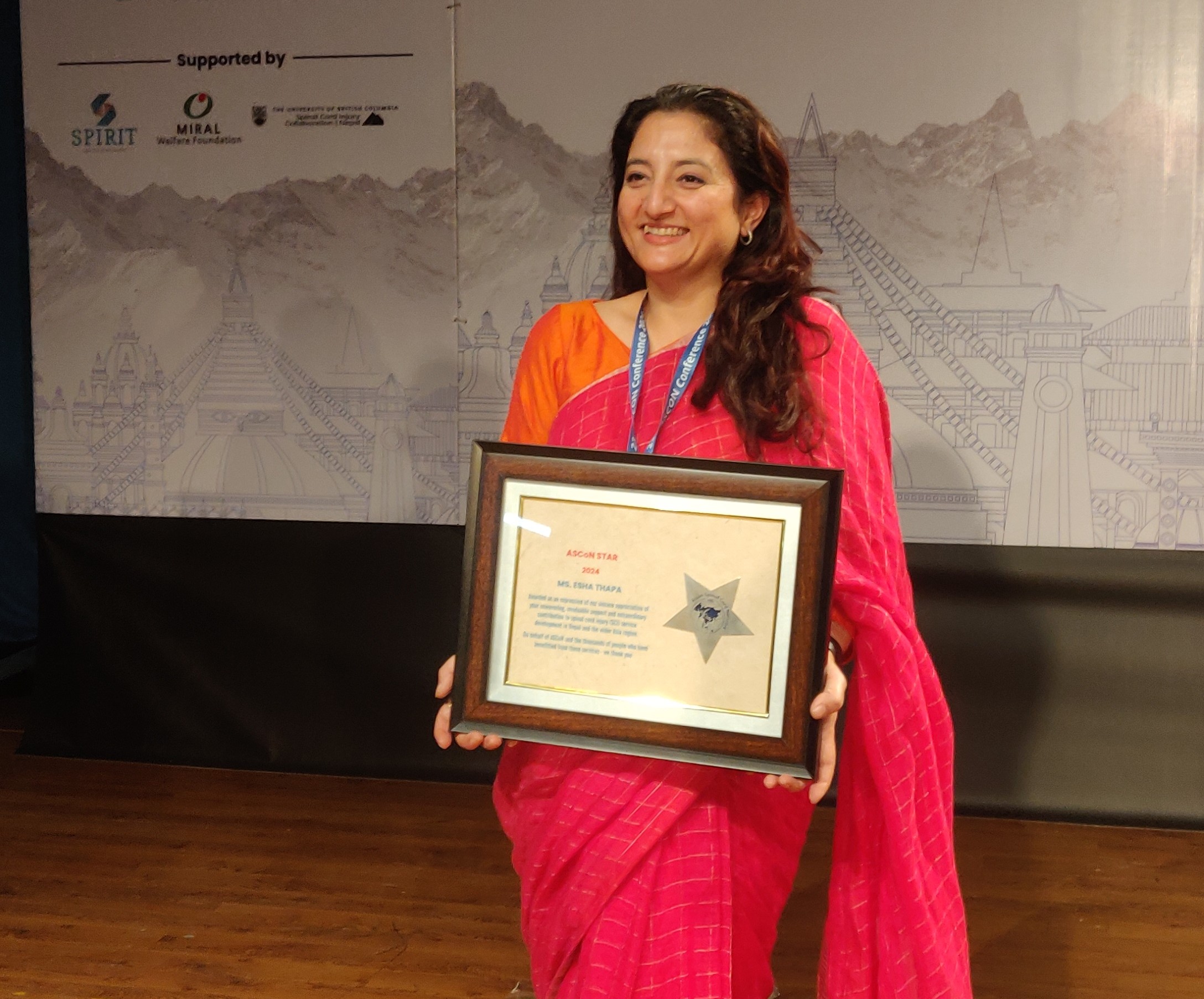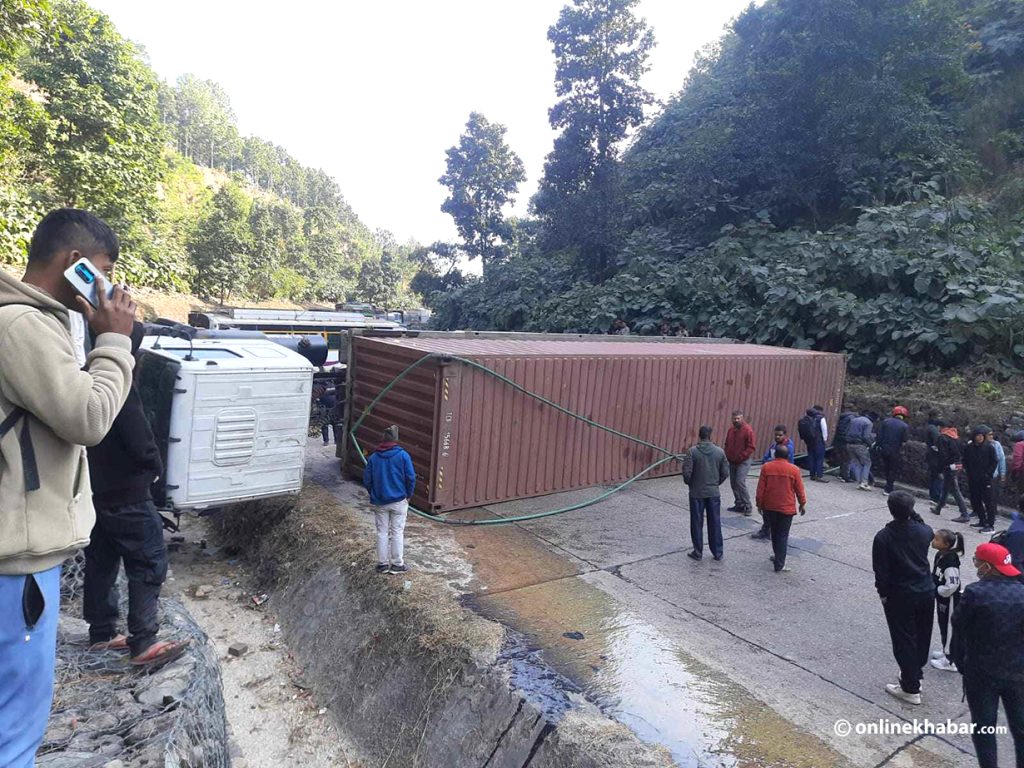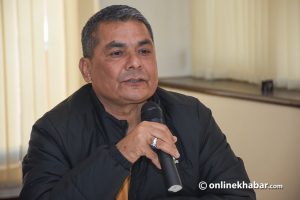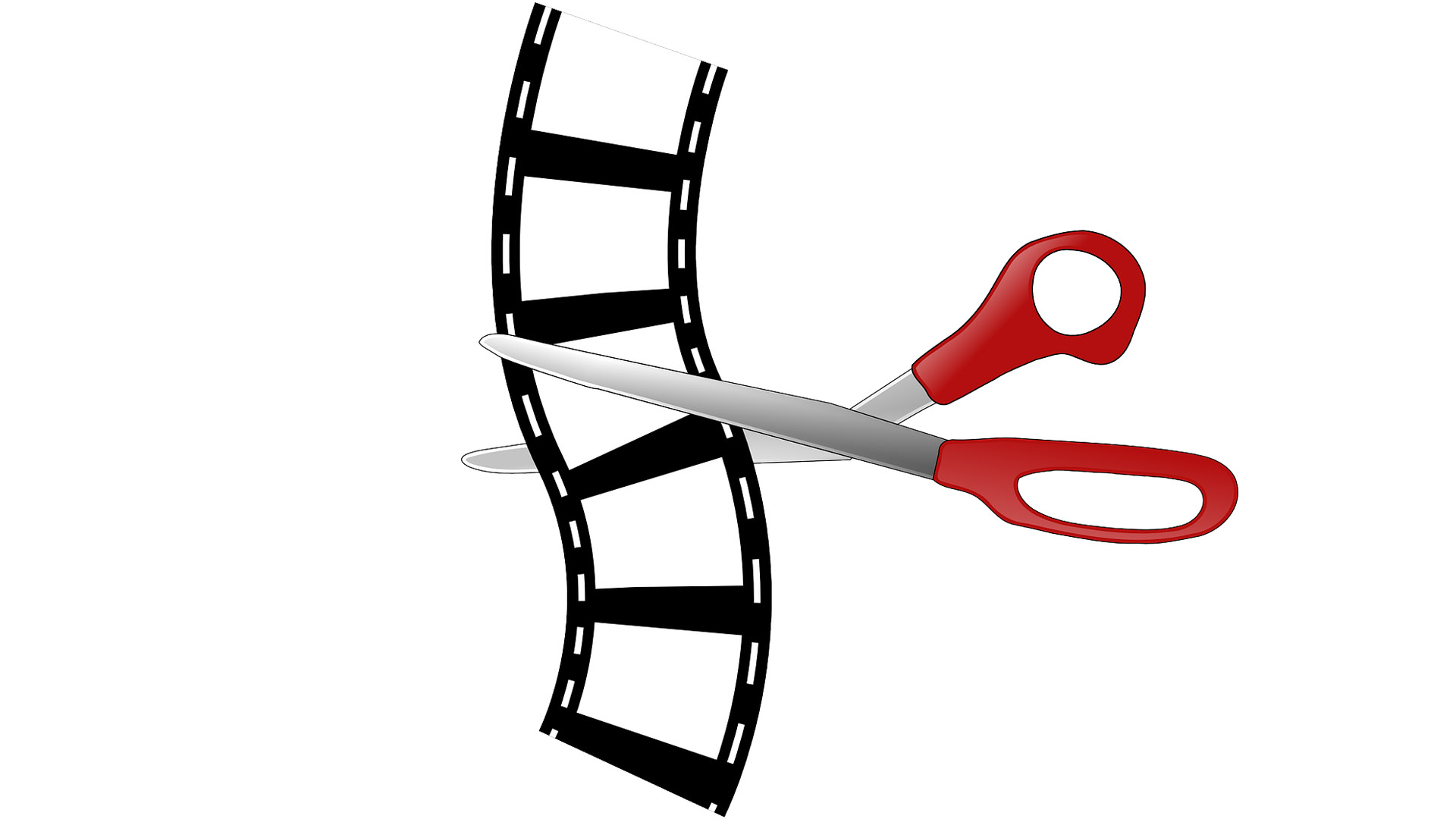
Many a neighbourhood in Kathmandu Valley (and elsewhere in Nepal) have a temple, a shrine or a niche where once there was a statue of a god or goddess. Lifted from their ancient homes, the images, through a clandestine but highly efficient channel, were transplanted in the living rooms of collectors or the bright halls of museums. The loss of such an image is incalculable for the community that bowed before it and touched their foreheads to it every day. Recently, Ulrik Høj Johnsen, an anthropologist, museum curator and PhD candidate from Denmark, held an exhibition, entitled “A Divine Visit,” of photographs of objects collected by his countryman Werner Jacobsen from Nepal. Through the exhibition, he hoped to assess whether Kathmanduites still valued these artefacts six decades after they left the country. He spoke to Kapil Bisht about how Jacobsen made the collection, the conception of the idea for the exhibition, repatriation and why Kathmandu Valley is a magnet for social scientists.
Tell us about these objects whose photos you displayed at the exhibition.
The objects were collected in Kathmandu between 1957-59. The collector was Werner Jacobsen. He was an archaeologist by training. He documented temples while he was here but he also collected objects. The objects went to Moesgaard Museum but the bulk of it went to the National Museum in Copenhagen, where he was employed as curator after his return in 1959. He died in 1979. There are about two hundred artefacts in the National Museum and Moesgaard Museum has eighty-eight objects from Jacobsen’s collection.
How did you get involved with the collection?
I’m currently doing a PhD project which focuses on a museum collection. The reason I’m working with the museum collection is that I’m also a curator at the Moesgaard Museum, Denmark. I wanted to do pursue a PhD and I wanted to work with a museum collection, so I got invited to join a research project entitled “Precious Relics.” We are a team of three. One is working in Papua New Guinea; another is working with Tibetans; I am working on Nepali objects. All of us are working with a museum collection. We all have to reassess the value of these collections. What that means is trying to find out if the objects have any importance, both in the country of origin and in Denmark.
How did the idea for this exhibition come about?
After I started working as a curator, eight years ago, I developed an interest in some collections that we had from the Hindu Kush, the border area between Afghanistan and Pakistan. These collections, to me, are the most interesting that our museum has. They are internationally unique because they are no longer to be found in the region they were collected from. The original culture has ceased to exist there. I was drawn to the photo of the Danish collectors who went to the Hindu Kush. I worked on the collection. I read up on the collections and the two collectors who went there on an expedition in 1953. I wanted to do a PhD in this area and the collections from there. So the original plan was to go to this pocket in the Hindu Kush for my PhD. But two weeks before I was going to the mountains in Pakistan my bosses at the Aarhus University intervened and stopped me from going for security reasons.
That was in September 2016. So I had to select a new topic. One of the collections was Werner Jacobsen’s. It was an astonishingly beautiful collection. Surprisingly, no one had worked with it. So I took it up. Around the same time, there was a museum opening in Denmark on contemporary Nepali art that was co-curated by my boss and Sangeeta Thapa. It was Sangeeta who came up with the idea for this exhibition. That’s when I also met Dina Bangdel. She encouraged me to do this project. She opened many doors for me, connected me with the Lumbini Buddhist University, and shaped this project, right until her tragic passing away.
You said one of your aims with this exhibition was to “reassess the value of these objects.” Please elaborate on that aim.
In the museums in the West, you have all these artefacts that have been collected from all over the world over a long period of time. Up until about forty years ago, these objects were used, you could say, to educate the public. The curators were the experts: they interpreted the objects to audiences in an authoritative way. Then, about thirty years ago, things in anthropology began to change. There was an identity crisis of sorts amongst anthropologists. They began to ask themselves, “Who are we to represent other cultures? The indigenous people are the true experts of their own cultures.” So anthropologists began to include the voices of the people they were studying. The same approach began to be applied to museum exhibitions. So, if a museum in the UK or Denmark or Germany was holding an exhibition, say, about Nepali culture, Nepalis were sought out and invited to contribute opinions and ideas.
Through my research project, I have tried to take that collaborative approach a step further actually, to try to share the authority of explaining the objects. This I tried to do not by exhibiting in the West but in places to which the objects were connected. From that ambition, a question arose: What value do these objects have for people? Sometimes I imagine an anthropologist from Nepal or Brazil coming to me with shoes from my great-grandparents’ time. How would I feel about them? Would those shoes mean anything to me or would they be just old stuff? Probably the latter; they wouldn’t have any significance. But if they brought something rare, I would possibly find them important. So that is what I want to find out: Whether these objects have any kind of significance or are they merely old stuff collected a long time ago.
So, have you found an answer to that question?
It would be relatively safe to conclude that these objects are important here. However, I need to go back home and distance myself from the hectic life I am living here in order to fully comprehend the data I am collecting here.
Any other findings?
There is another fascinating aspect of this project. I don’t know how to deal with it at this stage. Say you have a Green Tara statue carved out of wood and it’s being worshipped here. Some of the objects in the collection have been worshipped once but they haven’t been worshipped for the past sixty years because they were in Denmark. As I understand it and according to what I have heard people say, that kind of relic has two components: tangible—wooden statue, carved and ornamented; intangible—the divine energy. These two combine to make the relic.

Let’s say an arm of the Green Tara statue broke. That makes it dangerous because it’s not complete anymore. What I’ve heard here is that when such a thing happens, you call a priest and through a ritual you extract the divine energy from the statue, rendering the statue a mere object, a piece of wood, something which can be then disposed of. In the meantime, the divine energy can be put into a container while another statue is crafted. When the new statue is ready the priest can put the divine energy into it, thereby making the statue a goddess. After that, it’s not just an object; it’s alive.
This way of thinking is very interesting because it contradicts completely how people think, in Denmark at least. In museums, we have conservators who do all they can to preserve the physical form. That is all that matters. The Western way of thinking, in general, is that objects cannot have a life like they do here. A piece of wood from the cross on which Christ died will be sacred because it touched Jesus. I have asked several priests about this. I asked a priest if one of the objects in the collection could be re-consecrated, and he said it could be done, although we’d need to perform a five-day ritual. But another priest, an authority on such matters, told me that actually we need only do a ritual to apologize to the god because it hadn’t been worshipped for six decades. He said the god is still there. This reflects the value of these objects because people here value in the objects in both the tangible and the intangible parts. People have said to me that no matter how long the objects have not been worshipped they are still their gods.
Why do you think preserving heritage is important?
Heritage, whether it’s architecture or statues, is important for a number of reasons. The public’s pressuring the government to rebuild Kasthamandap and Rani Pokhari properly is a clear indication that heritage is valued here. One of the stalwarts of the movement to rebuild Kasthamandap in the right way was telling me that the reason it collapsed was that some of its parts were renovated using concrete in the 1960s, which reduced its flexibility.
To build structures that lasted a thousand years in a place where there were big earthquakes every hundred years or so you had to be very clever, advanced, you needed to have knowledge about a lot of things. Perhaps some of that ancient knowledge is hidden in the material culture and in heritage. If it’s not protected, it’s going to disappear completely. People today don’t know how to rebuild the Kasthamandap. It’s a very complicated technique and the knowledge has probably been lost. Perhaps there are clues in some of the huge temples here. So it’s important to protect those temples. Similarly, in small objects, there is a kind of knowledge or approach to the world that is under pressure here now because a lot of things are changing in Nepal. My hope is that this exhibition will inspire people to raise awareness of heritage.
As a scholar, does comprehending the intangible aspect of a culture come easily to you?
I was at a conference where the great Norwegian anthropologist Thomas Hylland Eriksen gave a lecture. His point was anthropology as a discipline is very connected to science-fiction because it’s all about being able to imagine other worlds, other ways of thinking, other ways of being in the world. So as anthropologists, you have to be open to every possibility. My take, as a curator, on this duality of heritage, would be to try and see the world through a particular object. How does the world appear when I look at it through a relic? Does it make sense? A world where the material is not the only thing that comprises culture is definitely possible. Although I am not here to assess whether this is true or not, when people tell me about it I find it is true. In that sense, it is not really difficult to understand the intangible aspect of a culture.
As an anthropologist, I need to be able to go beyond conventional belief. I was invited to a ritual at the Kwa Bahal [Golden Temple, Patan]. It was a reading from the Prajna Paramita. It’s an eight-hundred-year-old book. A person pays for the recital, which is believed to bring good fortune for him and the community. It’s performed by eight priests, each reading from a section of the book. A book that old would be put in a glass case in Denmark. Here, it was out in the sunlight. And the priests weren’t even wearing gloves! I asked one of them why they weren’t wearing gloves and he asked me why it was necessary. I told him what if someone spilled tea on a page. His reply was, If that happens, we will replace the page. That opened my eyes to the fact that the value is not in the physical object itself; the real value is in the intangible part, that “something” that allows you to reproduce the physical object.
But the tangible aspect matters also. That is why there is a sense of loss of stolen objects. Replacing objects isn’t a cure either because of course the older an object the more value it has.
Any collection originating in one place but held in another, foreign, location is going to be categorised as ‘stolen’ isn’t it?
There was an article in The Kathmandu Post recently that said that the objects in this exhibition were stolen from Nepal. I know a lot of things have been stolen from here. I would like to explain how the Moesgaard Museum got these objects. Werner Jacobson was in Nepal from 1957 through 1959.
The 50s were very different from now. I can’t ask Jacobson how he got the objects. But I have gone through his journals, notes and articles, and he only seems to know which city the artefacts came from. He doesn’t know from which temple or locality. I asked an American anthropologist, who was a friend of Jacobson’s and who was here to see him in 1958, how Jacobson got the objects.
He told me that when there was a person like Jacobson, who was interested in such objects, people would knock on his door at night, bringing him objects to sell. Jacobson didn’t know the person or where the object was from. He should have asked those people where they had got the objects from and whether the community had agreed to sell it, but it’s too easy to call him a thief six decades on.
His ambition was to add to the understanding and appreciation of world culture in Danish museums. He didn’t collect objects to sell on the black market. I think that makes a difference. You could criticise him – and people are doing it –for taking the objects out of Nepal.
Anthropologists are supposed to speak on behalf of people, defend them, help them as much as possible. I am a PhD candidate in anthropology and at the same time a museum curator, who is protective of objects. I am torn between the two, and I have to find a middle path because it’s not in my powers to return these objects. But at the same time, I recall an old man in Itum Bahal who looked at the poster of the Bhairav mask and said that he had seen it before, that it might once have been in Itum Bahal.
Many objects have been stolen from Nepal, including Itum Bahal. So I asked the man if he had any evidence that would link the mask to Itum Bahal. He said he would try. I continue to hope someone will be able to identify the original location of the objects. If we have enough evidence, I would possibly endorse repatriating the mask.
In Werner’s case, people could either see his collection as contributing to make museums worldly or see it as theft. How do you see it?
I am not completely sure. But I would like to share my experience with another ethnographic collection we have from the Hindu Kush region. That region has a small group of people who have an old religion and culture. On the Afghanistan side of the border, those people were forcibly converted to Islam. We have some objects that are no longer found in those communities because they have been destroyed. There is a great interest among the local people there to learn more about their heritage. Some of the old people remember those objects. This is a good example of what museums can do.
You are both a curator and a trained anthropologist, but which discipline do you tend to lean toward?
I am firmly grounded in the museum world. That is where I have been working for a long time. But I am trying to become neutral, to present an issue and hear what people have to say about it. Of course, even by simply inviting people’s opinions on an issue I am taking action somehow. I am choosing sides, in a way. I am not here to advocate the repatriation of the collection. A lot of people have told me that repatriating is not a good idea because there is no security here: it might be stolen again. Or it might end up in a storeroom where they are not cared for. I am only hoping to inspire and support people who are trying to raise awareness about heritage, in particular, the heritage that is already here. That needs to be protected.

Through this exhibition, you sought to give authority to the locals where the objects originated. How successful have you been at that?
This exhibition was prepared in collaboration with a group of museology students from the Lumbini Buddhist University. We collectively decided which objects to display and partly also the way in which the objects would be presented. In that sense, it was successful. Also in the process of exhibiting in different locations in Kathmandu, Bhaktapur and Patan, I got the opportunity to listen to what people had to say about the collection. I would say that was also a way of handing over authority to the people. What lay people have told me is the foundation of my dissertation.
I could have read books about heritage and talked to experts, but I sought lay people because their views are really valuable and interesting. Local voices need to be heard, respected and valued.
Memorable conversations or incidents from the exhibition.
A man came to the exhibition in Nag Bahal and spent a long time there. He thanked me for caring for the objects in Denmark. He also said that I should keep the objects in Denmark because they wouldn’t be safe here. On the other hand, there was a woman in her mid-twenties who came to the exhibition in Bhaktapur. She told me that she felt mocked and hurt seeing the objects that belonged to Nepal now in Denmark.
You also aim to identify the temples where some of the ancient statues in this collection were originally enshrined. Any luck with that?
I have not found any evidence linking an object to a temple so far. But I have people who are working on it. I am very interested in hearing from people who can trace an object back to a temple because obviously a particular object is extremely valued by the community where it once was.
In 1957, in a letter to the director of the National Museum of Denmark, Werner Jacobsen wrote, “Nepal is a unique field for all branches of scientific studies.” Six decades on, do you think Nepal is still that rich?
Yes, I think it is. That is one reason why I am doing my PhD on Nepal. Nepali culture is very interesting because of all the different ethnic groups that live here. I have chosen to focus on Newar culture. The interesting thing about it is that you still find in it rituals and traditions that go way back and are highly complex. The earliest Westerners who came here noted that certain aspects of very early Buddhism survived in the Valley’s rituals. Newar culture has always managed to incorporate changes but also survive changes, which makes it fascinating.
What has been the most important lesson you have learned by holding this exhibition?
Listening to people has been the most valuable experience so far. Also, meeting people who are so passionate about conserving heritage.
Where do you think the Kathmandu Valley is headed in terms of conserving heritage?
I don’t think people pouring into Kathmandu and building of houses is going to stop. At the same time, I think the awareness about heritage will increase to the point that Rani Pokhari might be rebuilt according to its original design. You never know.























